Recent Posts

Blockchain

Mastering Layer 2 Solutions: A Comprehensive Guide for Blockchain Developers
Looking for a way to scale blockchain efficiently? Layer 2 solutions are the answer. These techniques process transactions off the main blockchain to cut down congestion, reduce fees, and speed up transactions. In this guide, you’ll learn how state channels, sidechains, and rollups work, and why they matter for blockchain software developers. Key Takeaways Mastering […]
infuy
July 10, 2024

Blockchain

The Top 5 Blockchain App Development Trends for 2023
Blockchain technology is advancing rapidly, opening up new possibilities for decentralized apps. As a developer, staying on top of the latest blockchain trends is essential for building innovative solutions. In this article, we dive deeper into the top 5 blockchain app development trends that will dominate in 2023. 1. Mainstreaming of Metaverse and Web3 Experiences […]
Martin Liguori
September 6, 2023
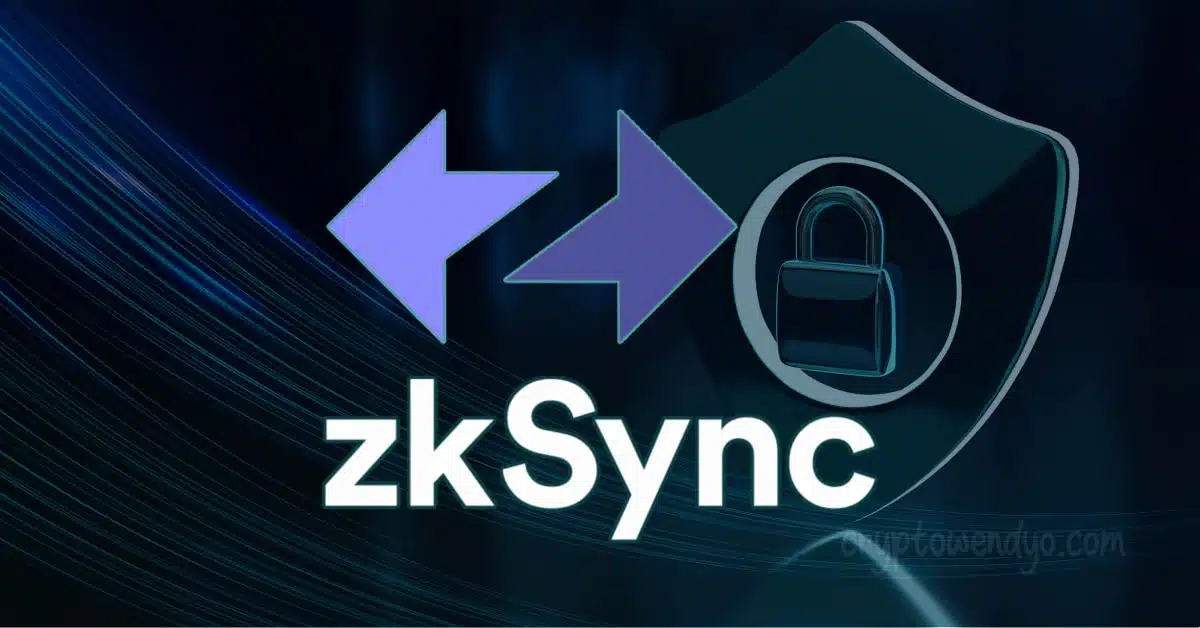
Blockchain

An In-Depth Exploration of zkSync: Evolution, Features, and Future Prospects
Introduction In the ever-evolving world of blockchain technology, zkSync is emerging as a game-changer. As Ethereum struggles with high transaction fees and slow speeds, zkSync, a Layer 2 scaling solution, is stepping in to address these issues. This article delves into zkSync’s evolution, its core components, and how it is shaping the future of Ethereum. […]
infuy
August 24, 2023

Blockchain

PayPal Dives Into Crypto: Support for Stablecoin Transactions Announced
PayPal dives into crypto and recently announced support for select stablecoin transactions on its platform. Users will soon be able to buy, sell, hold and checkout with these stablecoins seamlessly. This is a major push into crypto from the payments giant as it looks to capitalize on blockchain adoption. Let’s take a closer look at […]
Martin Liguori
August 9, 2023
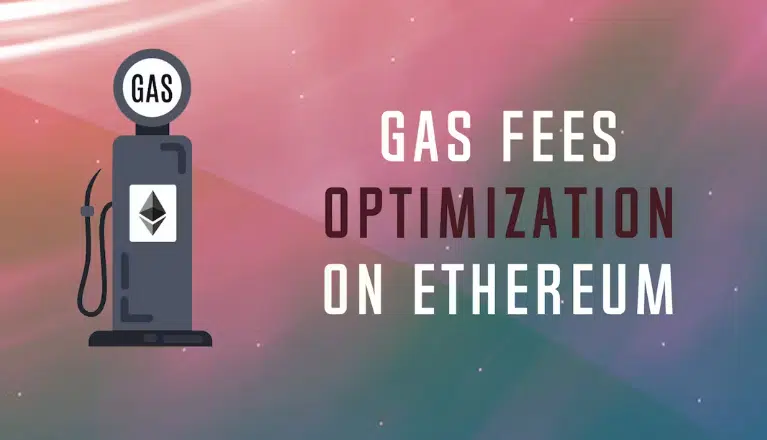
Blockchain

7 Simple Ways to Optimize Gas in Solidity Smart Contracts
When deploying Ethereum smart contracts written in Solidity, transactions costs paid in gas can add up quickly. Finding ways to optimize gas usage is crucial for keeping fees lower. In this post we’ll explore 7 straightforward gas optimization techniques for Solidity developers. 1. Avoid Unnecessary Use of Storage Writing data to storage is one of […]
infuy
August 3, 2023
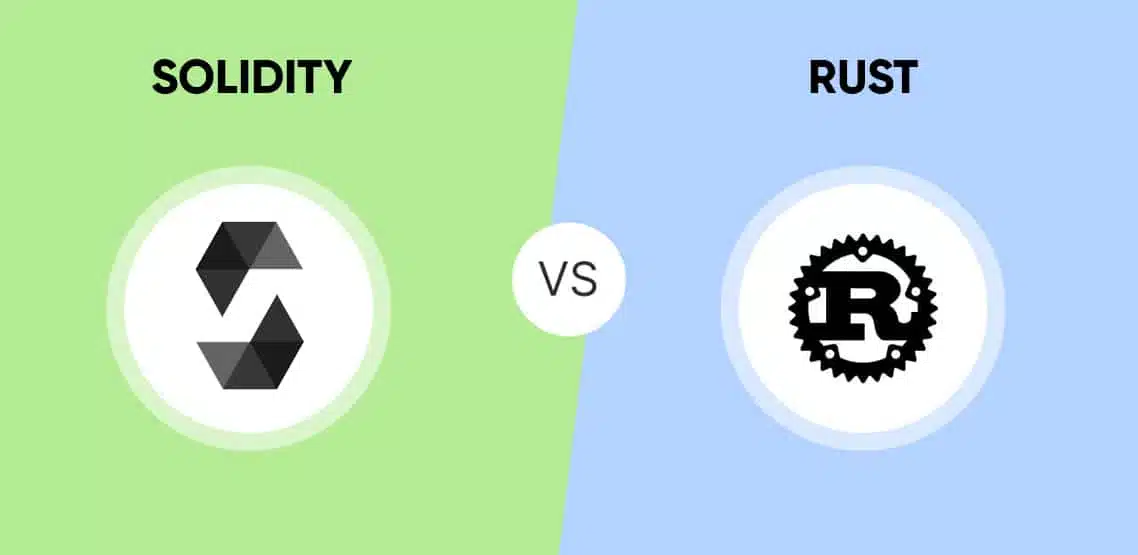
Blockchain

Solidity vs Rust: Which Is the Better Language for Smart Contracts?
When it comes to developing smart contracts, choosing the right programming language is crucial. Solidity vs Rust are two of the most popular languages used for writing smart contracts on blockchain platforms such as Ethereum and Polkadot. In this article, we’ll take a closer look at the differences between Solidity and Rust and help you […]
infuy
June 9, 2023
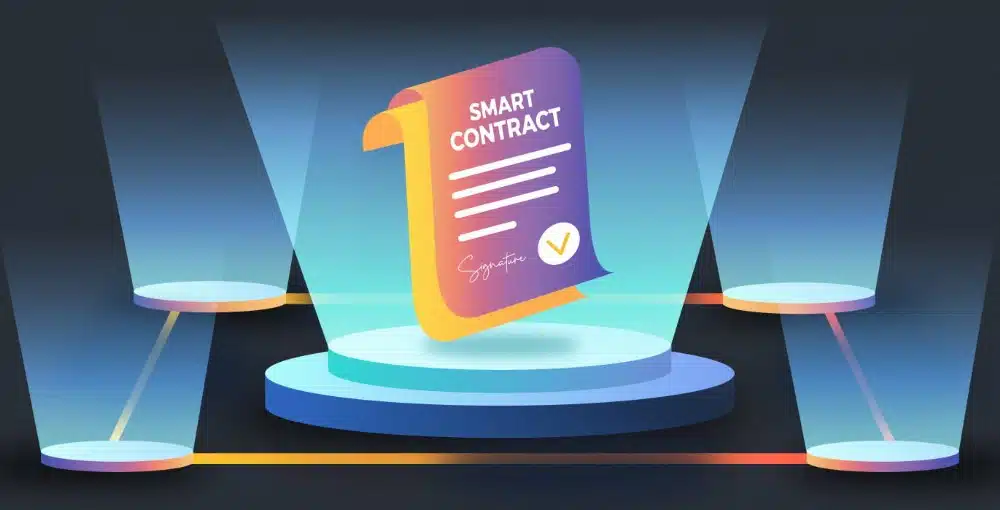
Blockchain

Bypass Solidity Contract Size Check
In this post we will be talking about Bypass contract size check. Certain smart contract methods, for security reasons, are defined to only accept being called from external owned accounts (EOA) and not from other smart contracts. In order to achieve this, some developers may opt to include, in those methods, a require statement to […]
Romina
June 6, 2023
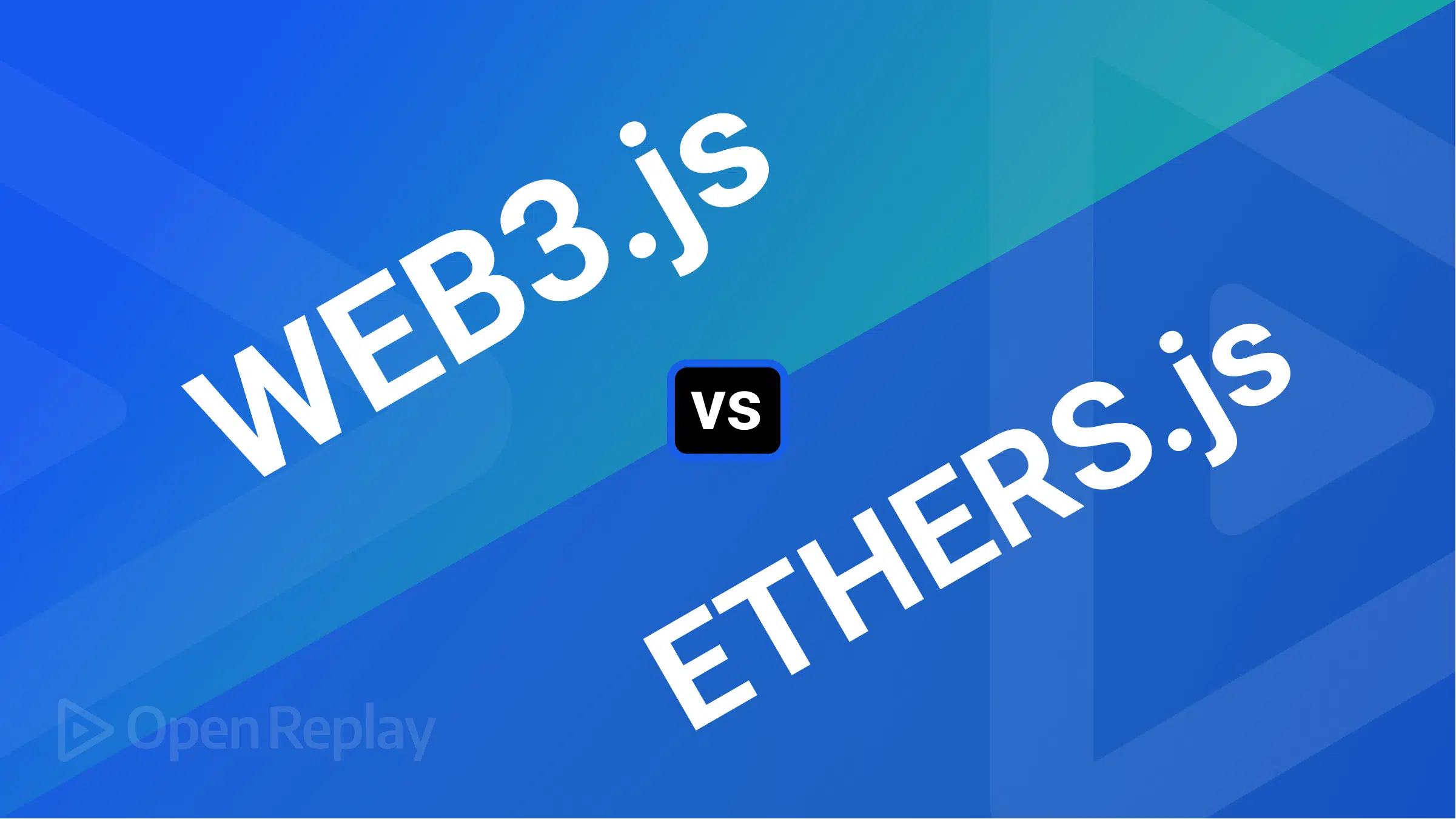
Blockchain

Web3.js vs Ethers.js: Picking the Right Ethereum Library for Your DApp
Developing decentralized applications (DApps) on the Ethereum platform requires using powerful libraries to interact with the blockchain. Web3.js and Ethers.js are the two most popular choices for this purpose. In this extensive guide, we will compare Web3.js vs Ethers.js, discuss their core features, provide code examples, and explore their strengths and weaknesses to help you […]
Martin Liguori
May 10, 2023
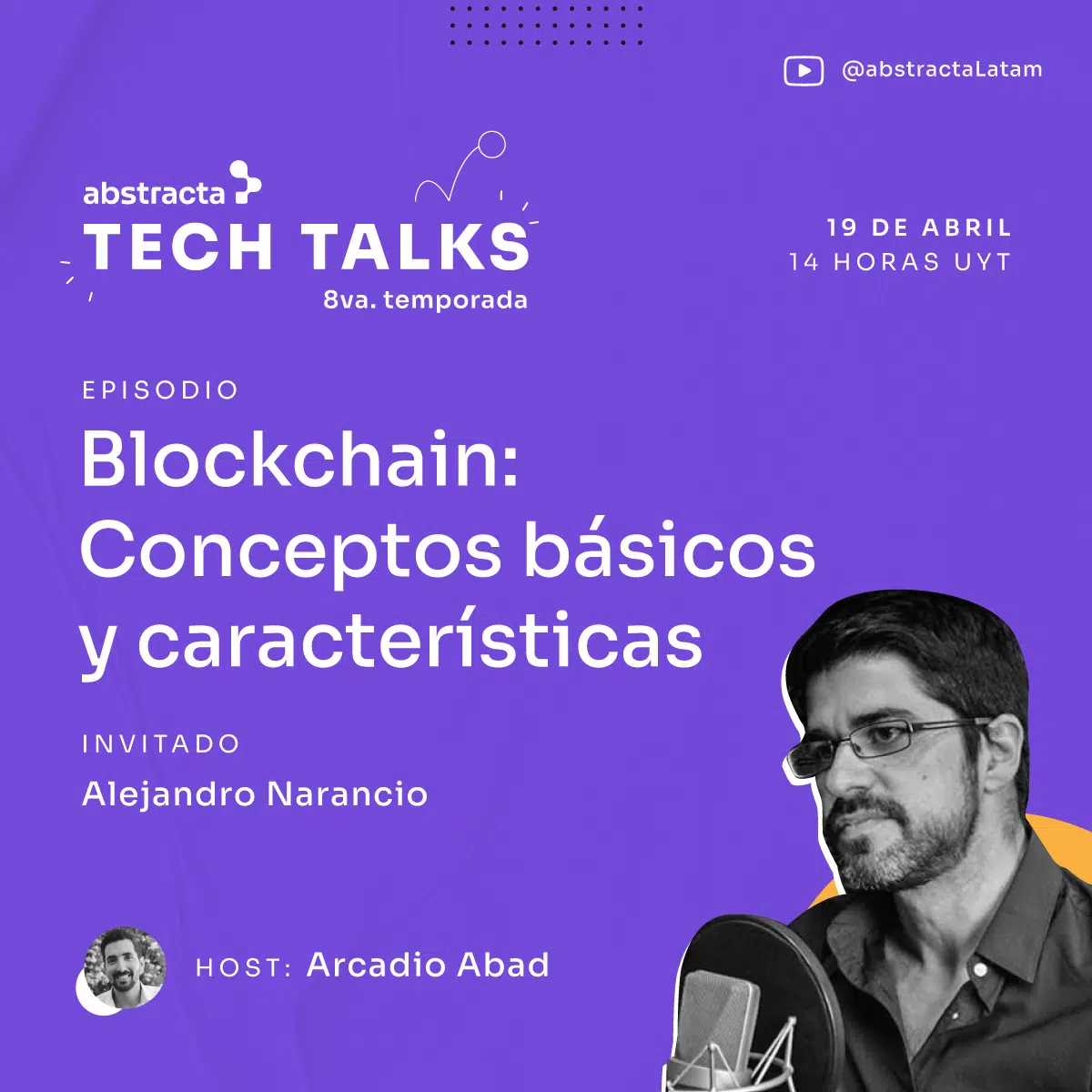
Blockchain

Blockchain en Abstracta Tech Talks: conceptos básicos y características
Como parte de la octava temporada de Abstracta Tech Talks, se dará un episodio completo a un tema que despierta la curiosidad de cada vez más personas en la actualidad, Blockchain, con los aportes del Alejando Narancio de Infuy como invitado exclusivo. ¿Cuáles son los desafíos del testing ante esta nueva tecnología? Nos sumergiremos con Alejandro […]
infuy
April 12, 2023

Blockchain

Understanding Phishing with tx.origin in Solidity
Phishing attacks have become a significant concern in the digital world, and it is essential to take measures to protect against them. In the blockchain industry, Solidity is the most popular language for developing smart contracts, but it is also vulnerable to phishing attacks. In this article, we will explain how tx.origin works and how […]
Martin Liguori
March 30, 2023
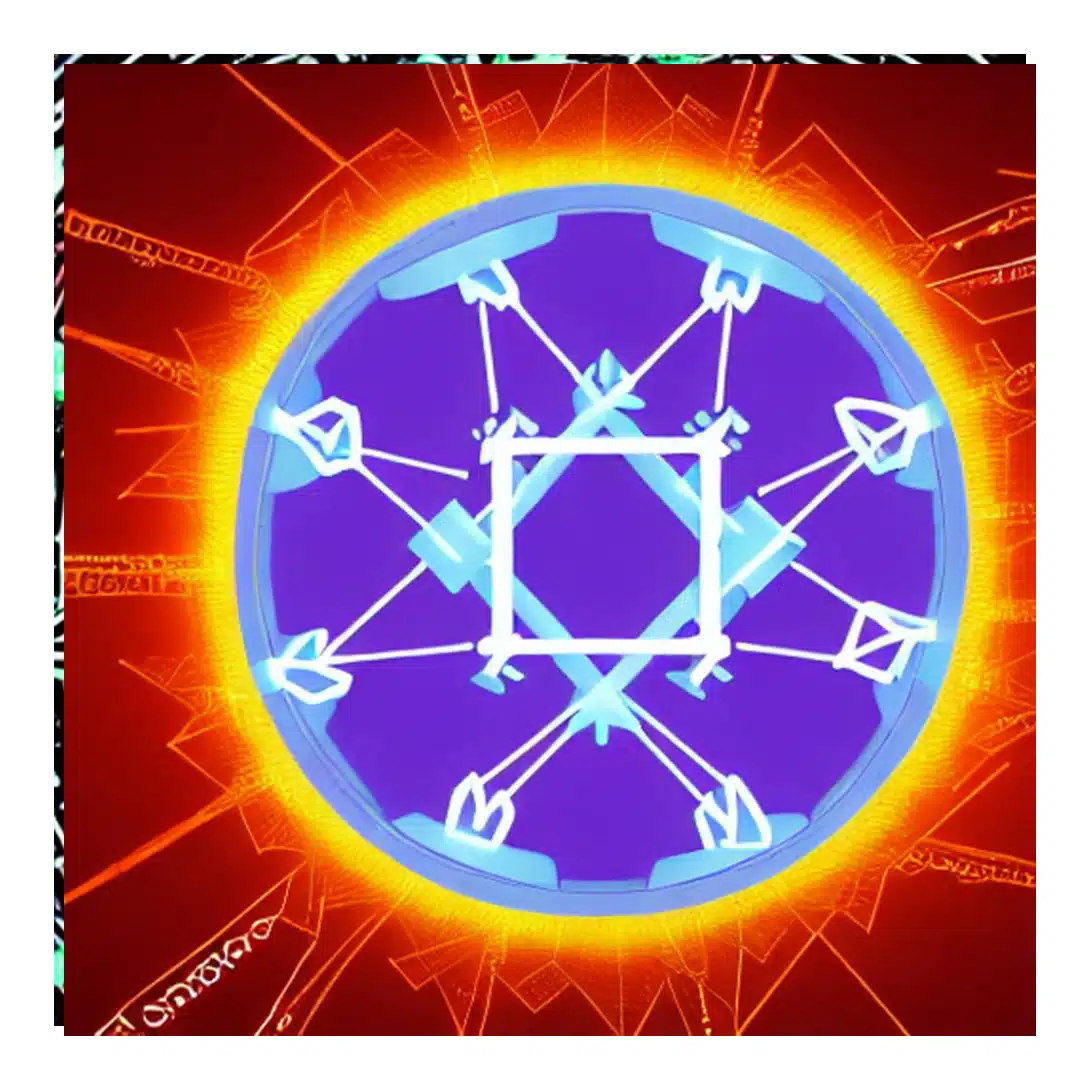
Blockchain

Preventing re-entrancy attacks in Solidity
Re-entrancy is a vulnerability in smart contracts that can result in unexpected behavior and loss of funds. This vulnerability enables an attacker to execute a function call repeatedly before the original call has completed. Therefore, re-entrancy can change the contract’s state in unforeseen ways and trigger unintended operations. This can lead to significant security risks, […]
Martin Liguori
March 21, 2023

Blockchain

Preventing the Source of Randomness Vulnerability
In a previous post we discussed Solidity, the programming language used to create smart contracts on the Ethereum blockchain or EVM-compatible blockchains. While Solidity has many benefits as a programming language, there are also known vulnerabilities, such as the so-called source of randomness vulnerability. In this post we’ll take a closer look at it and […]
Martin Liguori
March 8, 2023